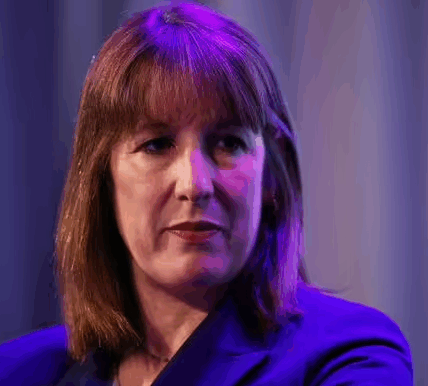A new study shows that despite increased diversity in adverts, some minorities are rarely shown.

Pensioners featured in only two per cent of the top 500 commercials (Image: Getty)
Pensioners are being forgotten about in advertisements, new research shows, while black people are reportedly over-represented. Analysis of the top 500 TV commercials, carried out by Tapestry for Channel 4, highlights the underrepresentation of certain minority groups, despite an increase of diversity. The research, conducted over two four-week periods, found that elderly people and pregnant women were rarely shown on commercial ad breaks.
Pensioners aged 70 and over were shown in only 2% of the top 500 advertisements, while pregnant women featured in just 0.1%. The analysis also shows that disabled people were included in only 4% of TV adverts, even though they represent almost 18% of the population. However, black people were in more than half of commercials, despite only making up 4% of the population in England and Wales, the latest government census shows.

The study follows Curry’s “sigh of relief” advert which was praised for featuring a shop assistant showing how gadgets can help blind people.
The creator of Adolescence, Jack Thorne, is calling on a “self-examination” of heads in the advertising industry. He has long been an advocate for TV being more accessible for disabled people.
“It is a huge shame that the advertising industry is failing to see what broadcasters do,” he told The Times.
“I hope these figures have an impact and lead them to some self-examination.”
Channel 4’s study also shows that people from a south Asian background featured in 17% of all advertisements, an increase by 4% since 2023, and and people from east Asia were in 11% – the groups represent 8% and 1% of the UK population respectively.
CEO of the Film and TV Charity, Marcus Ryder, said the analysis highlighted the need for further diversity in the industry.
“The findings reflect the prejudices and biases of those making the adverts. What do they think is sexy? What do they think is cool?” he told the newspaper.
“If [black people] are over-indexing, that speaks to the people behind the camera and reflects the fact that popular culture is dominated by African Americans, who are often seen as sexy or fashionable.”

